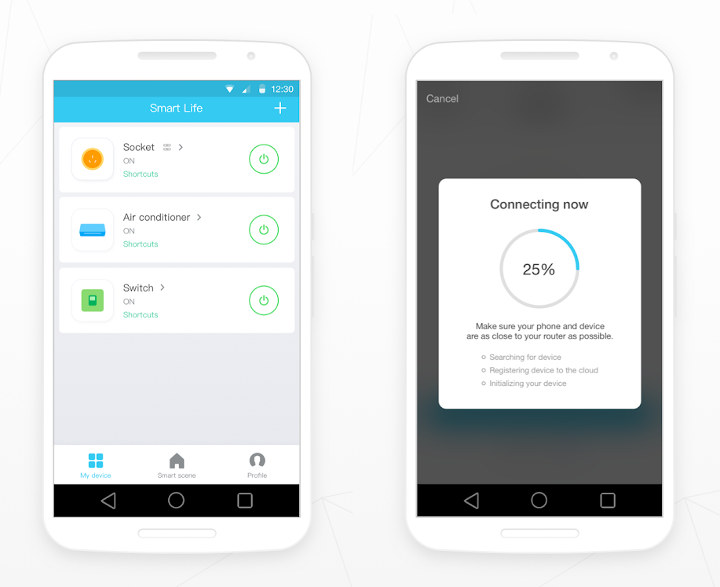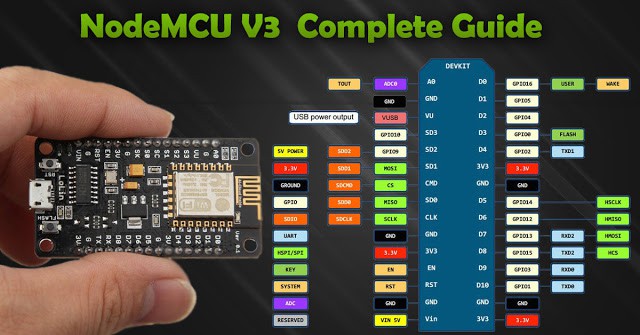


esptool.py -port /dev/ttyUSB0 write_flash -fs 32m -fm dout 0x3FE000. esptool.py -port /dev/ttyUSB0 write_flash -fs 32m -fm dout 0x7E000. esptool.py -port /dev/ttyUSB0 write_flash -fs 32m -fm dout 0x3FC000. esptool.py -port /dev/ttyUSB0 write_flash -fs 32m -fm dout 0x3FB000. esptool.py -port /dev/ttyUSB0 erase_flash

It's work fine if I change the last four lines with AT v1.6.2 bin firmware : SPI Flash Size & Map: 32Mbit(512KB+512KB) I Installed ESP8266 NONOS SDK V3.0.0 and I compiled "at" directory: I have the same trouble as I met with official AT v1.7 bin firmare from Espressif web site !Įts Jan 8 2013,rst cause:2, boot mode:(3,6) Nothing is working, even the things that was working before.All is fine with AT v1.6.2 bin firmware from Espressif web site but I met the same trouble as you get with AT v1.7 bin firmware from Espressif web site. I have exactly the same as your first picture I'm lost, my esp8266 was with a newer version but as it was not working with your librairies, I have flashed it. Your ESP8266 board is now flashed with the updated firmware and ready to be used for your connected projects!ĭon't forget to take a look at my WiFiEsp library for Arduino.
#Esp8266 firmware versions serial
Now set the serial monitor speed to 9600 and test again the communication. To set the correct baud rate use this command: I suggest to set the ESP module to use 9600 or 19200 bps.

If you are going to use the ESP-01 module with Arduino Uno you have to lower the default baud rate because the SoftwareSerial interface maximum speed is around 38400 bps. The correct settings for the ESP firmware v1.5 are: Test connectivity with 'AT' and 'AT+GMR' commands. Open the Arduino IDE, select the correct COM port and open the serial monitor.
#Esp8266 firmware versions Pc
A Windows PC with Arduino IDE installed.I have to admit that I had some bad experience when trying to flash new firmwares to my ESP-01 modules but today I have found an easy and reliable way to flash ESP8266 firmware v1.5 (AT v0.51) using my Arduino Uno board as an FTDI controller.


 0 kommentar(er)
0 kommentar(er)
